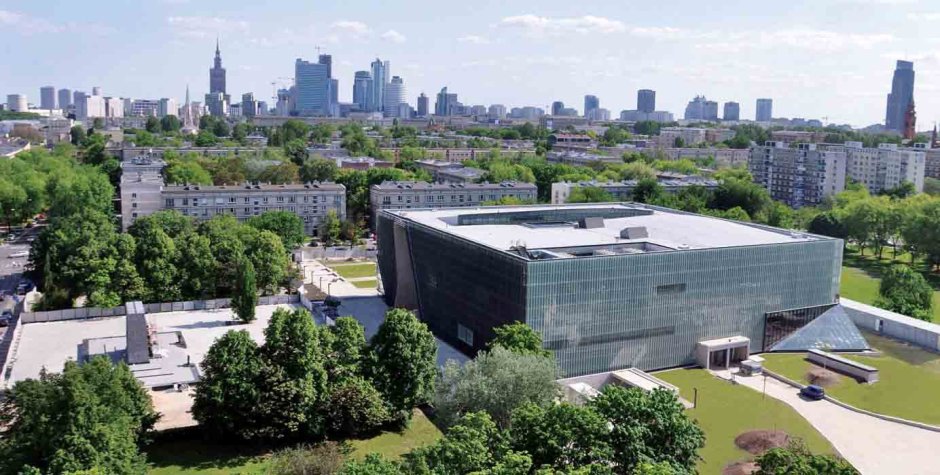When I was last in Warsaw in the summer of 2009, the site of the future Museum of the History of Polish Jews was cordoned off to the public, and it wasn’t clear when construction would begin, much less end.
The project to build a museum in honor of what had been one of the most important Jewish communities in the world took shape in the early 1990s, following Poland’s peaceful transition from communism to democracy. But almost a decade elapsed before the vision was translated into reality by the Association of the Jewish Historical Institute of Poland, the city of Warsaw and Poland’s Ministry of Culture and National Heritage.
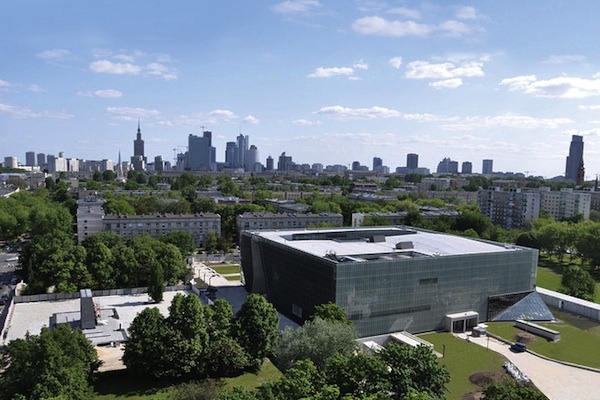
The museum, which is adjacent to the Monument to the Ghetto Heroes, was finally opened in April 2013 to coincide with the 70th anniversary of the Warsaw ghetto uprising. It stands in the heart of Warsaw’s former Jewish district, which the Nazis converted into a ghetto in 1940. The gleaming glass building, a marvel of architecture, was designed by Lahdelma & Mahlamaki, a Finnish firm.
For the past year, the museum, built at a cost of $67 million, was used for temporary exhibitions, movies, lectures, concerts and workshops. But on Oct. 28, the core exhibition, consisting of eight galleries spread over an area of 43,000 square feet, was officially inaugurated in a ceremony attended by Polish government officials, Polish Jewish representatives, diplomats and Jews from around the globe.
Developed by a team of international scholars and curators under the direction of Canadian academic Barbara Kirshenblatt-Gimblett, whose late father was a Polish Jewish painter, the $55 million exhibition is a journey through 1,000 years of Polish Jewry.
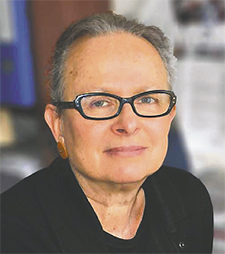
It was designed by Event Communications, a London-based company, in conjunction with Nizio Design International, a Polish firm in Warsaw.
The museum addresses key questions: When and why did Jews come to Poland? How did Poland become the home of the largest Jewish community in Europe? What exactly happened during the Holocaust, when 90 percent of Poland’s 3.3 million Jews perished? How is Jewish life in contemporary Poland unfolding?
The story of Jewish settlement in Poland is recounted by means of artifacts, paintings, interactive installations, reconstructions, models and videos.
“Our focus is on life,” says a press release, implying that the evolution of Poland’s Jewish community takes precedence over the Holocaust, the cataclysmic tragedy that virtually decimated Polish Jewry. Or as one of its Polish-Jewish American benefactors, Sigmund Rolat, was recently quoted as saying, “Ours is not another museum of the Holocaust. We are more than victims. Ours is a museum of life.”
Observers agree that the museum would have remained a gleam in its creators’ eyes had it not been for three Polish Catholics. The former mayor of Warsaw, Lech Kazcynski, and the ex-minister of culture, Waldemar Dabrowski, both agreed to donate the land and bear the costs of its construction. Jan Kulczyk, reportedly Poland’s richest man, provided the biggest donation — $6.5 million.
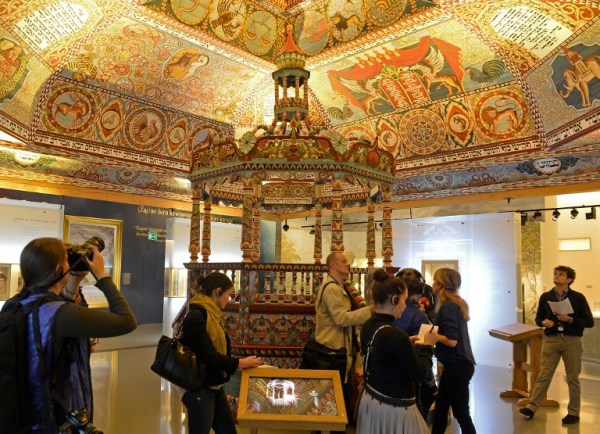
It’s clear that the museum fills a void in Poland’s national consciousness.
For the past two or three decades, Jewish history and culture — which were usually relegated to the margins under Communist rule — have enjoyed a renaissance of interest among some Catholic Poles. The Jewish Cultural Festival in Krakow, which I’ve attended, is a shining and inspirational example of this new-found fascination with Poland’s rich Jewish past.
Such Poles look back nostalgically to the pre-war era, when Poland was a mosaic of diverse religions and cultures, of Poles and Jews and ethnic Germans and Ukrainians. After 1945, with borders having been redrawn, Poland turned into an ethnically homogeneous state in which Catholic Poles formed more than 90 percent of its population.
Antisemitism, however, was always a recurring and disturbing factor in Polish society, with ethnocentric and xenophobic Poles maintaining that only Catholics could be a genuine Poles. This idea was particularly in vogue during the 1930s, when explicit antisemitism was a common phenomenon.
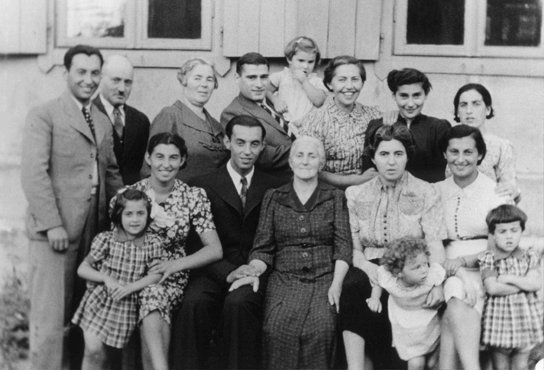
During the Communist period, antisemitism did not disappear. Take, for example, the 1968 anti-Zionist purges, which prompted the emigration of thousands of disillusioned and embittered assimilated Jews.
To its credit, these malevolent currents are also reflected in the museum.
Jews played a pivotal role in Poland for hundreds of years, leaving an imprint on Polish culture and language. The Museum of the History of Polish Jews attests to their impregnable place in Polish history.
